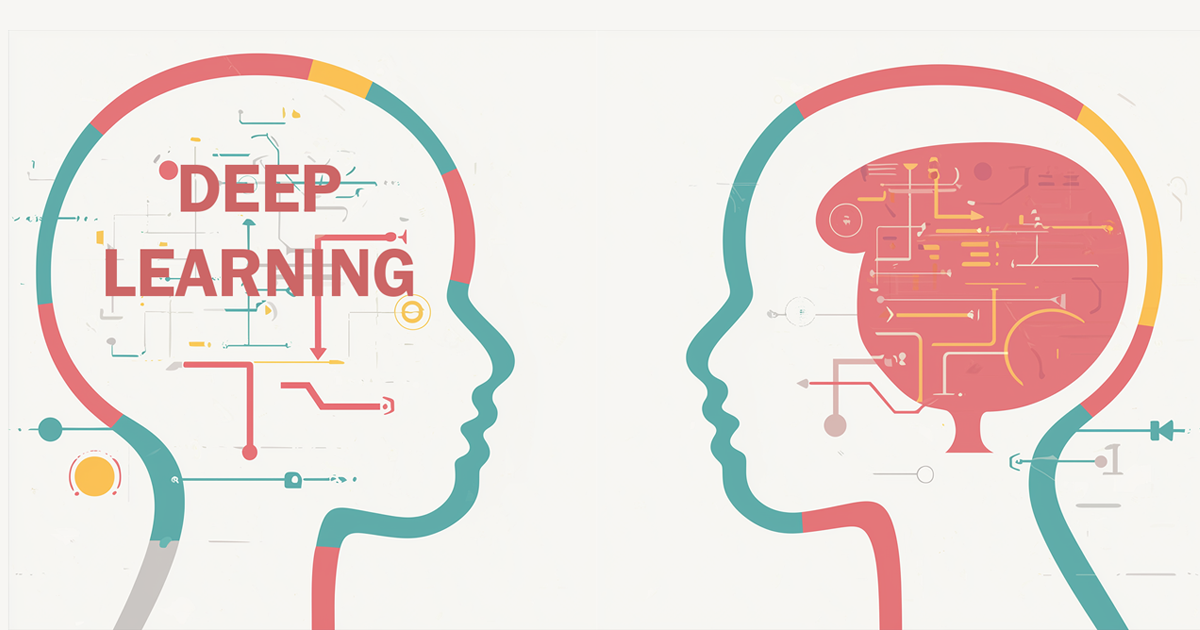Topic Editors

Theoretical Foundations and Applications of Deep Learning Techniques

Topic Information
Dear Colleagues,
Deep learning has revolutionized artificial intelligence, enabling breakthroughs in tasks such as image recognition, natural language processing, and autonomous systems. By leveraging complex neural network architectures, deep learning uncovers patterns and representations in data that traditional methods often fail to capture.
This Topic, “Theoretical Foundations and Applications of Deep Learning Techniques”, explores both the theoretical foundations and practical applications of deep learning techniques. From a theoretical perspective, we welcome studies on mathematical frameworks, optimization strategies, novel architectures, and interpretability. These contributions aim to advance our understanding of the mechanisms driving the success of deep learning.
On the application side, we seek innovative research showcasing the use of deep learning across diverse fields, including healthcare, robotics, finance, and climate science. Submissions addressing scalability, computational efficiency, and generalization challenges are particularly encouraged.
We invite original research papers and reviews, providing a platform to advance both the science and real-world impact of deep learning. We look forward to receiving your contributions and fostering a rich dialog in this dynamic field.
Prof. Dr. Juan Ernesto Solanes Galbis
Prof. Dr. Adolfo Muñoz García
Topic Editors
Keywords
- deep generative models
- transfer learning
- natural language processing (NLP)
- recurrent neural networks (RNNs)
- convolutional neural networks (CNNs)
- adversarial learning
- data augmentation
- supervised learning
- unsupervised learning
- deep learning
- semi-supervised learning
- neural networks
- explainable AI (XAI)
- reinforcement learning
Participating Journals
| Journal Name | Impact Factor | CiteScore | Launched Year | First Decision (median) | APC | |
|---|---|---|---|---|---|---|

AI
|
5.0 | 6.9 | 2020 | 20.7 Days | CHF 1600 | Submit |

Algorithms
|
2.1 | 4.5 | 2008 | 17.8 Days | CHF 1800 | Submit |

Applied Sciences
|
2.5 | 5.5 | 2011 | 19.8 Days | CHF 2400 | Submit |

BioMedInformatics
|
- | 3.4 | 2021 | 22.9 Days | CHF 1000 | Submit |

Computers
|
4.2 | 7.5 | 2012 | 16.3 Days | CHF 1800 | Submit |

Electronics
|
2.6 | 6.1 | 2012 | 16.8 Days | CHF 2400 | Submit |

Big Data and Cognitive Computing
|
4.4 | 9.8 | 2017 | 24.5 Days | CHF 1800 | Submit |

Preprints.org is a multidisciplinary platform offering a preprint service designed to facilitate the early sharing of your research. It supports and empowers your research journey from the very beginning.
MDPI Topics is collaborating with Preprints.org and has established a direct connection between MDPI journals and the platform. Authors are encouraged to take advantage of this opportunity by posting their preprints at Preprints.org prior to publication:
- Share your research immediately: disseminate your ideas prior to publication and establish priority for your work.
- Safeguard your intellectual contribution: Protect your ideas with a time-stamped preprint that serves as proof of your research timeline.
- Boost visibility and impact: Increase the reach and influence of your research by making it accessible to a global audience.
- Gain early feedback: Receive valuable input and insights from peers before submitting to a journal.
- Ensure broad indexing: Web of Science (Preprint Citation Index), Google Scholar, Crossref, SHARE, PrePubMed, Scilit and Europe PMC.


